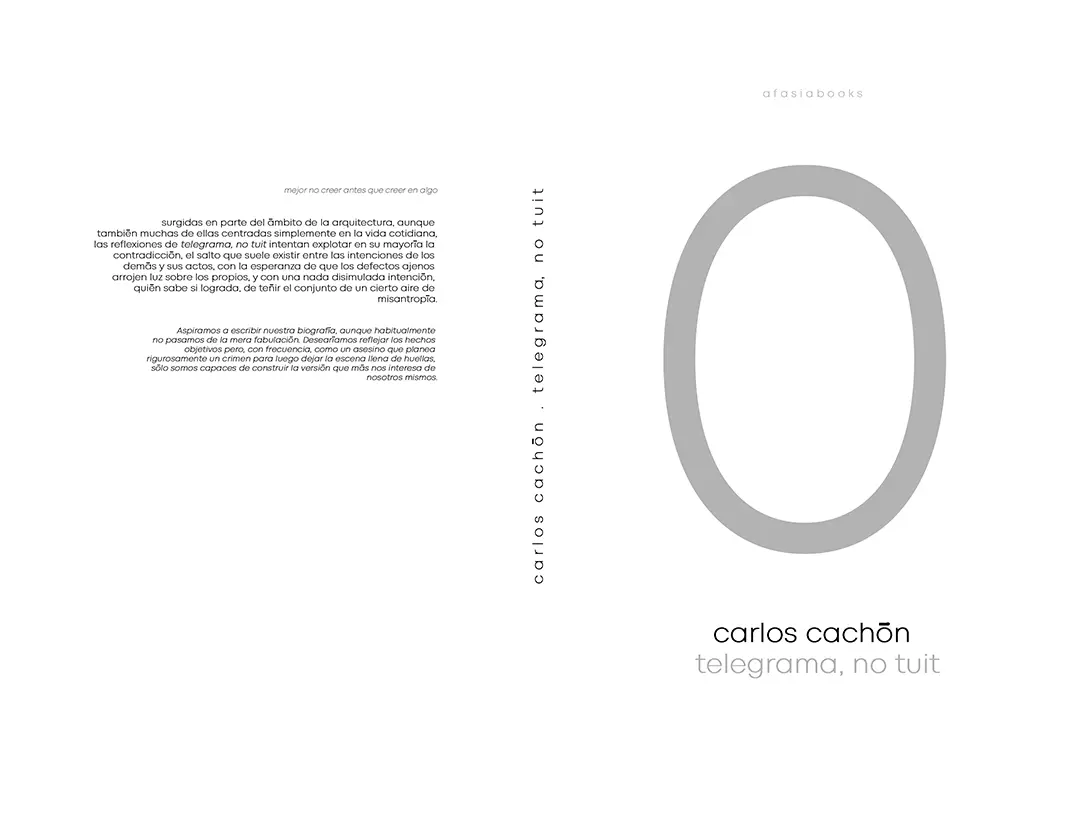
Steimle Architekten . photos: © Brigida González . + baunetz
At first glance, the key function of the new sports hall may not be immediately apparent. Still, its role as an urban hinge on the heterogeneous area between the vocational school centre, the old town hall, the grammar school and the fairground is crucial. By opening up the hall on three sides through the spacious foyer and the integrated cafeteria, the new building not only creates a visual but also a functional network for the entire campus.
The urban positioning of the hall creates a sequence of open spaces with different qualities that merge seamlessly into one another. The campus square to the north in front of the main entrance façade, together with the neighbouring plane tree hall to the west and its remarkable old trees, welcomes students with an inviting gesture. This imposing spatial framework of the tree hall continues onto the campus square like a car-free plane, which visually connects with the neighbouring old town when looking eastwards. The positioning of the sports hall defines the fairground to the east of the building, which, together with the new square design to the south of the hall, opens up a generous open space for events. Six large gates open up the hall to the south towards this square and the hall is thus connected to the outdoor events.
The compact two-storey cube of the three-court sports hall is based on the rational aesthetics of the neighbouring buildings in terms of its design language, materiality and simplicity. Defined by a restrained, calm architectural order, the sports hall integrates into the existing context as a new address in the centre of Wangen. The façade of the building follows the principle of an interplay between open and closed surfaces. While the exterior walls in the area of the sports hall are closed in front of the baffle walls in accordance with their use, with a continuous band of skylights above, the main entrance façade opposite reverses this principle with the continuous glazing of the foyer on the ground floor and the wooden louvre façade on the upper floor. The east and west façades reproduce this interplay with a central division.
The foyer, which is accessed at ground level via the campus square, is designed as a multifunctional, open and bright zone. In addition to the function of receiving and distributing, the foyer with its integrated cafeteria offers a catering service for students, teaching staff and external guests on campus, making the hall an important networking point. Between the sports hall with its three-pitch sport fields to the south and the foyer to the north, there is a space that runs along both sides with ancillary rooms such as the kitchen, changing rooms, equipment rooms, control room, technology, storage and access via two staircases to the upper floor. Here, two large, almost square gymnastics rooms provide additional space for sports activities and are orientated towards the north-west and north-east via the corners of the building. For sports activities, the hall is also accessed via a side entrance to the east with short routes to the changing rooms on the upper floor.
The building structure is based on a hybrid construction method with a stiffening solid core and an enveloping timber supporting structure. The rhythm of the construction grid can be seen in the façade design. Timber frame elements with vertical and alternating tapered louvres were developed to clad the evenly spaced compartments between the load-bearing timber supports. Rooms that require daylight, such as the gymnastics rooms, are sufficiently lit by the façade design of the louvre construction and at the same time protected from outside views.
The entire design and building concept is based on a climate-friendly and recyclable construction and was realised with regard to a sustainable environmental footprint in accordance with the guidelines for sustainable building of the district of Ravensburg and with the support of the Vorarlberg Energy Institute. The realisation was based on a holistic approach and took into account criteria such as building ecology, biodiversity and near-natural construction. The sustainability concept includes measures such as the use of regional building materials and local timber, as well as the avoidance of pollutants and the protection of species on the building, the creation and preservation of landscape-defining elements on the outside of the building, the minimisation of sealed surfaces and a green roof designed for biodiversity.
_
Completion: 2024
Competition: 1st prize
LPH: 1-8
GFA: 4,600 m²
BRI: 20,100 m³
Client: Ravensburg County / City of Wangen
Location: Wangen im Allgäu
Photos: Brigida González






















